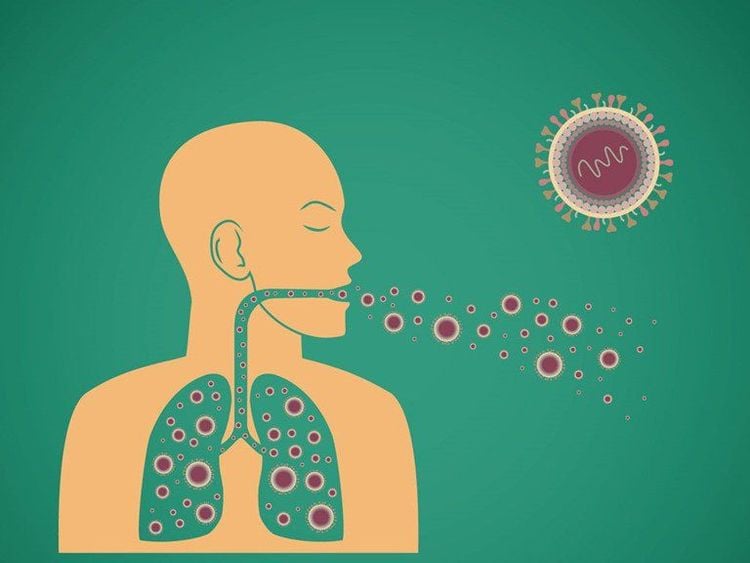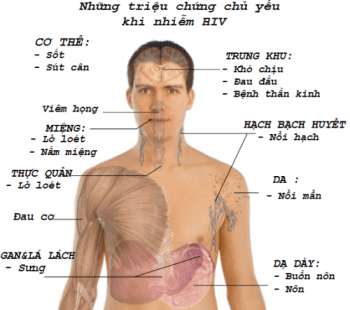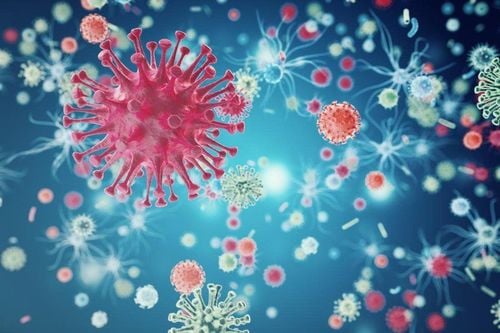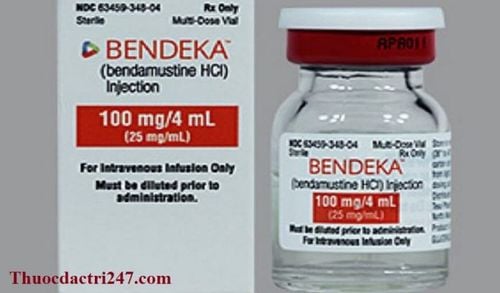This is an automatically translated article.
Tuberculosis is a disease caused by bacteria that are spread through the air. While HIV weakens the immune system, it is a condition that further increases the risk of contracting TB. If this problem of co-infection is not detected early and actively controlled, it will cause the patient's health to rapidly decline, co-infection with many other opportunistic infections.1. What is tuberculosis?
Tuberculosis is an infectious disease that can be transmitted from person to person. Tuberculosis is caused by bacteria called Mycobacterium tuberculosis.TB germs usually affect the lungs. Accordingly, pulmonary tuberculosis is a very common disease in underdeveloped countries, with large populations and limited sanitation. However, the disease can also attack any part of the body, including the lymph nodes, kidneys, bones, or brain. If left untreated, TB can cause organ failure, exhaustion, and possibly death.
Tuberculosis spreads easily from person to person through the air. A person with pulmonary TB can spread airborne droplets containing TB bacteria, especially when coughing or sneezing. People who breathe in TB bacteria can become infected with TB.
Once in the body, TB can be active or inactive. TB germs that are not active are called latent TB. Active TB causes tuberculosis.
2. Why is TB often co-infected with HIV?

Bệnh lao là một trong những nguyên nhân hàng đầu gây tử vong ở những người nhiễm HIV
When both HIV and TB are infected, it is called HIV and TB co-infection. Latent TB is more likely to progress to active TB in people with HIV than in people without HIV. At the same time, TB can also be more severe in people with HIV or the HIV status can get worse.
Treatment with antiretroviral drugs for HIV reduces the viral load in the blood, thereby protecting the immune system and preventing or slowing HIV infection from progressing to AIDS. Accordingly, in people with HIV and TB co-infection, antiretroviral drugs will also indirectly help reduce the risk of latent TB turning into advanced TB or active TB will be easier to control.
3. Should people with HIV be tested for TB?

Tất cả những người nhiễm HIV nên được xét nghiệm nhiễm lao
If the test results show that the person has latent TB, additional tests should be done to get evidence to rule out the possibility that TB is active. The more tests performed, the sooner it will be possible to determine if a person with HIV is coinfected with TB and to plan treatment.
In case the tests are negative, it is necessary to continue to monitor the patient and repeat the screening test periodically or when the patient has any symptoms that suggest pulmonary TB as well as tuberculosis in organs.
4. What are the symptoms of tuberculosis?
People with latent TB may not have any signs of the disease. However, if latent TB develops into active TB disease, the person will begin to show signs of the disease. Common symptoms of tuberculosis include:Persistent cough Coughing up phlegm Coughing up blood Chest tightness Fatigue Loss of appetite Weight loss Smoldering fever Night sweats Accordingly, when one of the above symptoms is present, It is necessary for the patient to have a chest radiograph, test for TB bacteriology in the sputum or a bronchoalveolar lavage if it is difficult to collect sputum in order to diagnose TB co-infection with HIV early.

Ho dai dẳng, ho ra máu là những triệu chứng điển hình của bệnh lao
5. How to treat TB in people with HIV?
In general, TB treatment regimens are similar for people co-infected with HIV and those without HIV. TB drugs are used to prevent latent TB from progressing to active TB disease or to kill the TB germ once it has become active. At this point, the choice of TB medicine and the length of treatment can be different, depending on whether a person has latent TB or actual TB disease.In particular, in the group of subjects co-infected with TB on the basis of HIV, these two diseases should be treated in parallel.
However, specifically when to start treatment and which drug should be used depends on the circumstances and body condition of each person. Taking certain HIV and TB medicines at the same time can increase the risk of drug interactions and can make it difficult to control side effects. Accordingly, subjects co-infected with HIV and TB should be carefully monitored by infectious disease specialists in collaboration with local disease control centers.
In summary, TB is a disease requiring active screening because it is often co-infected with HIV. When there is evidence of active TB disease, the patient should promptly plan anti-tuberculosis treatment, along with antiretroviral therapy. Only in this way can the damage to the organ systems caused by TB germs be minimized. Since then, people with HIV can hope to have a healthy life almost like normal people.
References: Aidsinfo.nih.gov; Euro.who.int
MORE:
Tuberculosis and HIV: What to know How soon after exposure to HIV can HIV test? Which pregnant women should be tested for TB?













